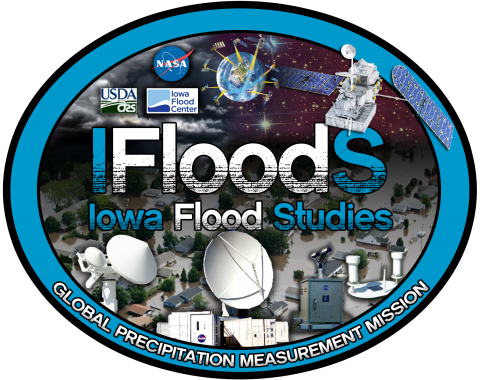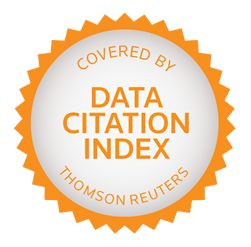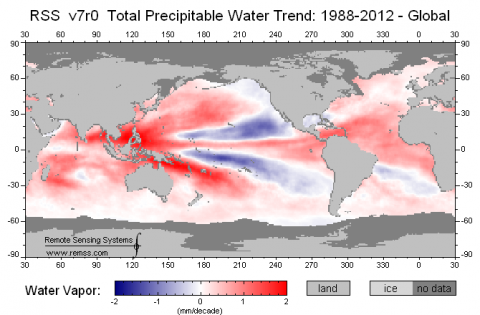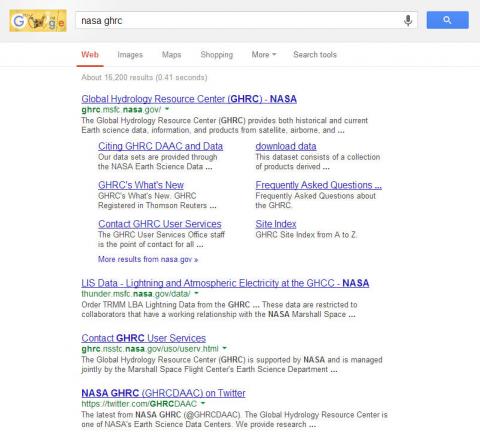
The initial phase of the Iowa Flood Studies field campaign has begun. IFloodS is the first of several hydrology-oriented field efforts that the GPM Ground Validation (GV) program is conducting. GHRC is providing a collaboration portal for the field campaign team to exchange data and information including instrument status, mission science reports, weather forecasts and preliminary science data. We have already begun collecting instrument data and model output for the region. More instruments will come online throughout April in preparation for the official start of the campaign on May 1. During the field campaign, access to the collaboration portal and quicklook data is restricted to team members. We expect to begin receiving and publishing quality controlled data products from the mission in approximately six months.










